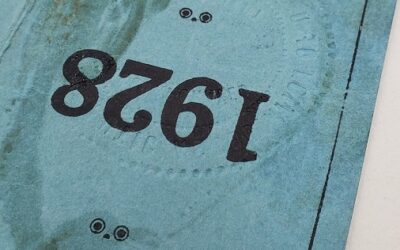The transmission of letters or documents via the “fax” machine is a technology considered essential to the modern-day office. The idea of facsimile transmission is not a new one, however, as shown by an article appearing in the September 13, 1889 issue of the Lincoln Daily Nebraska State Journal, on microfilm at the Nebraska State Historical Society.
The article described the “telautograph,” invented by one Professor Elisha Gray, which connected the instruments via telegraph lines. “It transmits writing or drawing with a pen or pencil precisely as it is done by the operator at the sending end of the line and the manuscript can be made over any length of wire.
“The pen is connected by wire with another at the end of the line and all its movements are duplicated. The machine will work just as well whether there is anybody at the receiving end of the instrument and the manuscript will there await the coming of the recipient.
“It possesses, therefore, many advantages over the telephone. It is absolutely secret, as no one can overhear or take off the message. . . . A man can write a draft or check from his office in one city for his correspondent in another and it will be his actual autograph. . . . [T]he transmission is instantaneous and is completed at the other end of the line the moment the transmitter’s pen or pencil ceases. It will be a most useful instrument.”
In the absence of evidence that facsimile transmission was perfected prior to its recent advent in the 1980s, one must remain skeptical whether Professor Gray’s instrument lived up to the inventor’s claims. Perhaps the idea was simply ahead of its time.



